1. Asbestos Ceiling Tiles
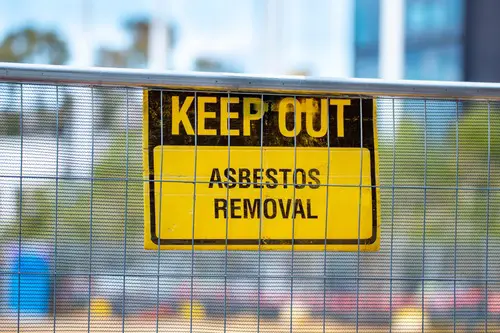
If you grew up in a house built in the ’60s, chances are the ceiling tiles looked pretty standard—just another part of the decor. But what many of us didn’t know back then was that those innocent-looking tiles were often loaded with asbestos, a heat-resistant material used in all sorts of building products shares House Digest.
At the time, no one thought much of it. It wasn’t until years later that we learned asbestos could cause serious health issues, including lung disease and cancer. The danger didn’t come from just sitting there—it was when tiles cracked, crumbled, or were disturbed that fibers could be inhaled. Many homeowners didn’t even realize the risk during renovations. Today, professionals are called in just to test for it. It’s wild to think something so dangerous was once marketed as a safety feature adds Army.mil.
2. Lead-Based Paint

The walls of ’60s homes were often painted in gorgeous pastels or bold colors that felt fresh and modern. But beneath those cheerful hues was something far more sinister—lead-based paint, which was common in homes until it was banned for residential use in 1978 shares Real Simple.
We now know that lead exposure, especially in children, can cause developmental delays, learning difficulties, and even behavioral issues. Back then, it was just “good, durable paint.” Parents unknowingly let their kids play near peeling walls or windowsills, not realizing that tiny chips could be toxic. Even adults faced health issues from prolonged exposure. These days, lead paint is taken so seriously that you need special certification to even remove it. It’s one of those hazards that slipped under the radar for far too long explains WGLT.
3. Electric Blankets
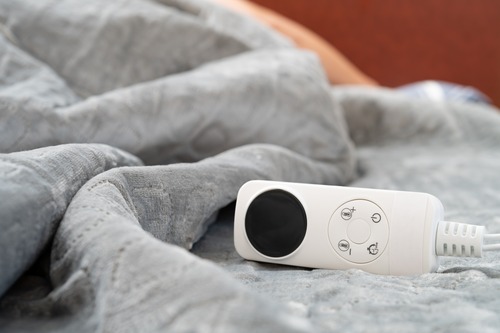
Electric blankets were all the rage in the ’60s, especially during those chilly winter nights. With just a flip of a switch, your bed was toasty in minutes, and for many, it felt like a luxurious upgrade.
But early models weren’t exactly foolproof. They could overheat easily and, in some cases, even catch fire if left on too long or folded the wrong way. The wiring wasn’t as advanced or insulated as it is now. Pets chewing on cords or frayed wires going unnoticed were serious fire hazards. Some people even got minor burns from blankets that heated unevenly. While today’s versions have safety shutoffs and better materials, back then, you were basically curling up with a fire risk.
4. Lawn Darts

Known as “Jarts,” these sharp-tipped metal lawn darts were a staple of backyard parties and family cookouts in the ’60s. They were designed to be tossed across the yard and land in plastic rings—kind of like horseshoes, but with way more potential for injury.
The problem was, kids loved them, and they weren’t exactly the best at judging safe distances. The darts were heavy and had pointed metal tips, which made them incredibly dangerous when thrown with force. There were numerous reports of serious injuries, including head trauma. Eventually, they were banned for sale in the U.S. in the late ’80s, but not before causing quite a bit of damage. If you had a set, you probably remember the thrill—and the constant adult warnings. Looking back, it’s hard to believe these were considered suitable for family fun.
5. Mercury Thermometers
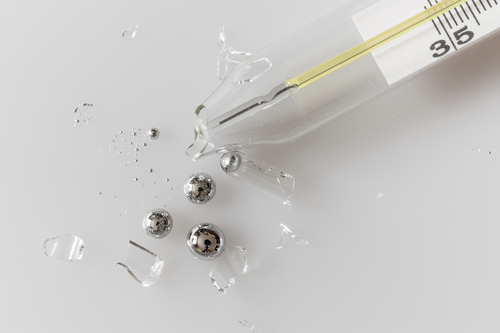
Before digital thermometers became the norm, most homes had a glass mercury thermometer tucked into the medicine cabinet. They were sleek, simple, and seemed perfectly harmless—until one broke.
Mercury is highly toxic, especially in vapor form, and if one of these thermometers shattered on the floor, cleanup was no joke. Many of us didn’t realize the danger and would just wipe it up with a paper towel, unknowingly releasing harmful vapors. It didn’t help that the shiny little beads looked almost magical. Some kids even played with them. Today, mercury thermometers are phased out and considered a serious environmental hazard. But in the ’60s, they were practically a household staple.
6. Aluminum Wiring
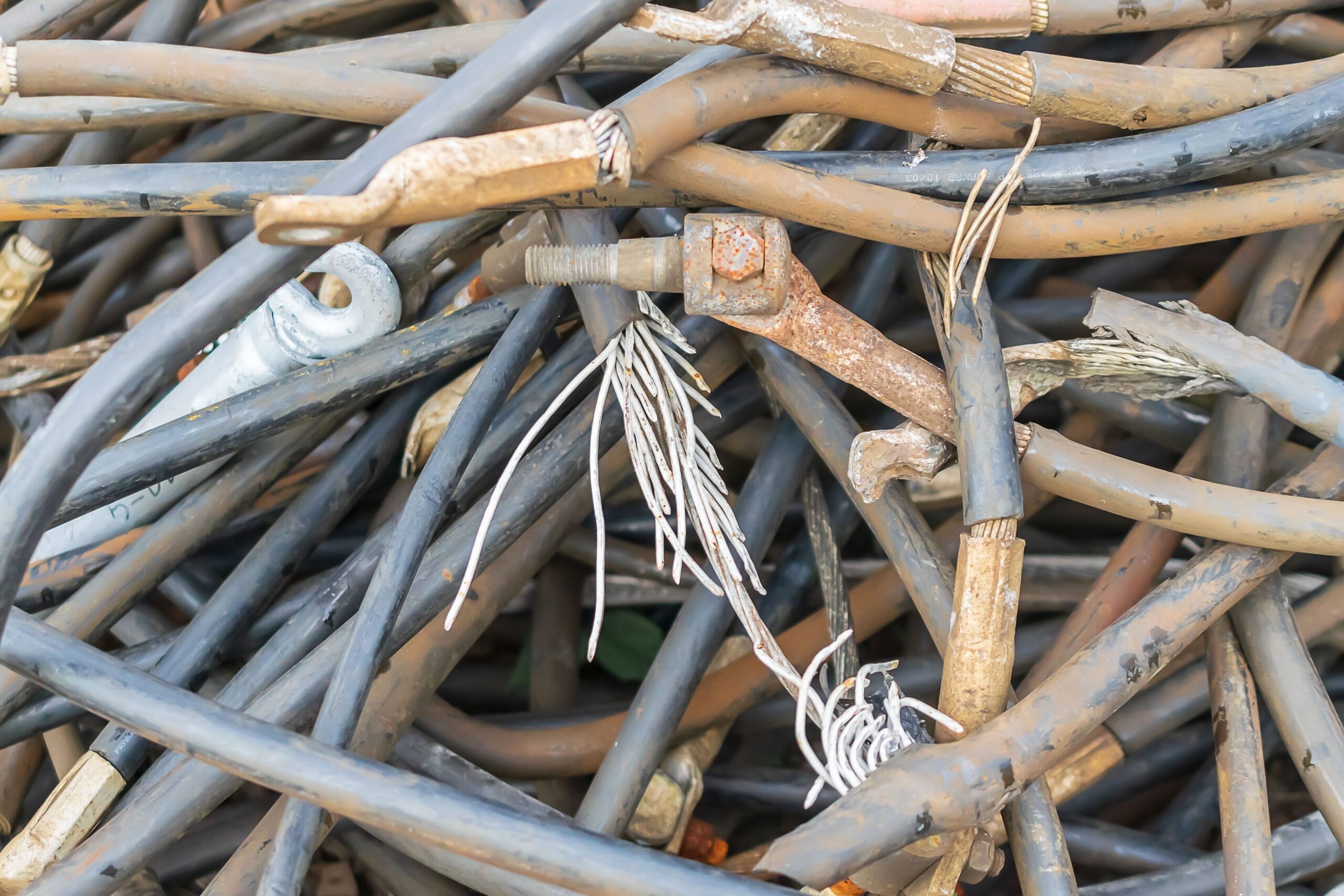
Aluminum wiring became popular in the ’60s due to a copper shortage, and it was used in many homes for electrical systems. It seemed like a great cost-saving solution at the time, but it came with some major drawbacks.
Aluminum expands and contracts more than copper, which can cause connections to loosen over time. That led to overheating, sparks, and in some cases, house fires. The issue wasn’t widely understood until years later when reports of electrical problems started stacking up. People assumed their homes were wired safely, but that wasn’t always the case. Rewiring an entire house is expensive, and many didn’t catch the danger until it was too late. It’s one of those hidden hazards you don’t see until disaster strikes.
7. DDT Pesticides
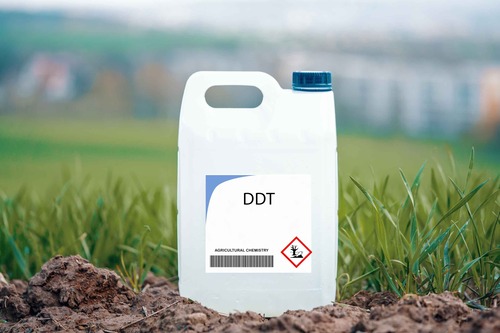
Spraying the garden with DDT was almost a summer ritual in the ’60s. It was praised as a miracle chemical that could wipe out mosquitoes, flies, and other pests in no time.
But the long-term effects were devastating. DDT built up in the food chain and had serious environmental consequences, especially for birds. It was also linked to health problems in humans, including cancer and reproductive issues. Back then, it was sold in hardware stores without much warning. People sprayed it liberally on their lawns, gardens, and even indoors. It wasn’t banned in the U.S. until 1972, and by then, the damage had already been done.
8. Cigarette Ads in the Living Room
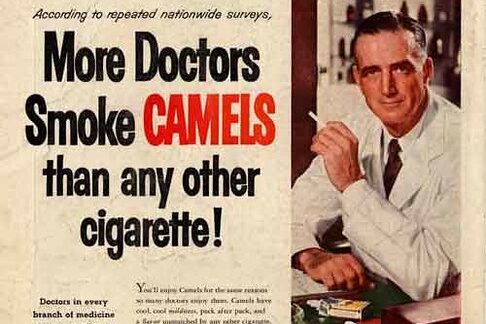
Television in the ’60s didn’t just bring us beloved shows—it also brought a constant stream of cigarette commercials. They featured doctors, athletes, and glamorous stars all lighting up with a smile, making smoking look not only normal but encouraged.
And because smoking indoors was so common, many living rooms were essentially secondhand smoke zones. Kids grew up inhaling it without question. The long-term health effects—like lung disease, cancer, and heart issues—weren’t yet part of public awareness. It took decades for regulations to kick in and for tobacco ads to be pulled from TV. In the meantime, generations were exposed to a product we now know was heavily marketed despite known risks. It’s chilling how casual it all felt.
9. Pressure Cookers
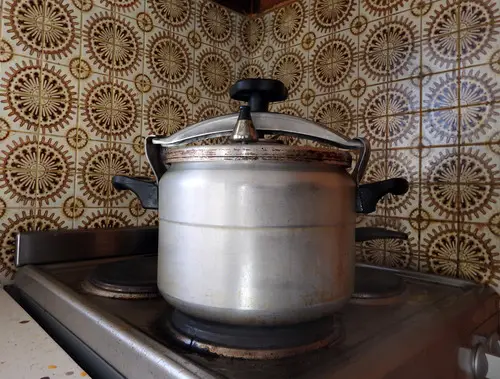
Pressure cookers were a staple in many ’60s kitchens, especially for home cooks who wanted to get dinner on the table fast. But the early models didn’t have the safety features we’re used to today.
If the lid wasn’t sealed properly or if the pressure built up too much, the cooker could literally explode. We’re talking about boiling hot food and steam shooting everywhere—definitely not the kind of dinner surprise anyone wanted. There were cases of burns and injuries that landed people in the ER. Some even feared using them altogether. While today’s versions come with locking lids and pressure release valves, the ’60s ones were more of a gamble. Still, many households swore by them and took their chances.
10. Hair Dryers with No Safety Shutoff
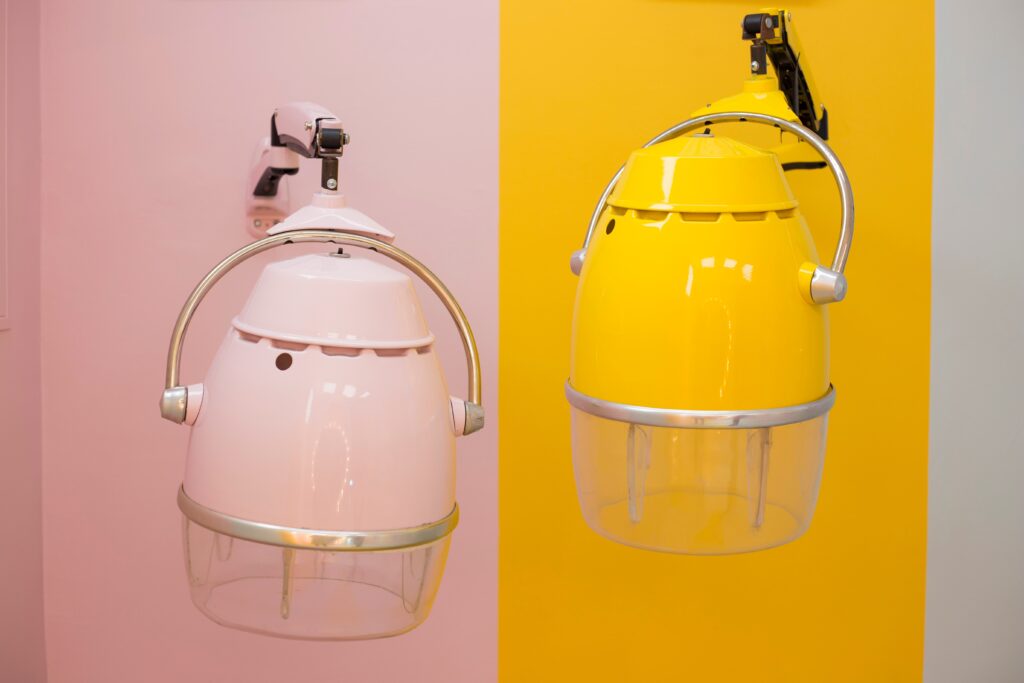
Those retro-looking hooded hair dryers or handheld models might seem charming now, but in the ’60s, they were far from safe. They didn’t come with automatic shutoffs or modern insulation standards.
If one overheated or shorted out, it could easily start a fire or deliver a nasty electric shock. People would use them for long stretches of time, sometimes falling asleep while their hair dried under the hood. The cords weren’t always grounded, and water safety around outlets wasn’t emphasized like it is today. It’s no wonder accidents happened. Still, they were a must-have for many women who wanted salon-style results at home. We just didn’t realize how risky they could be.
11. Baby Walkers
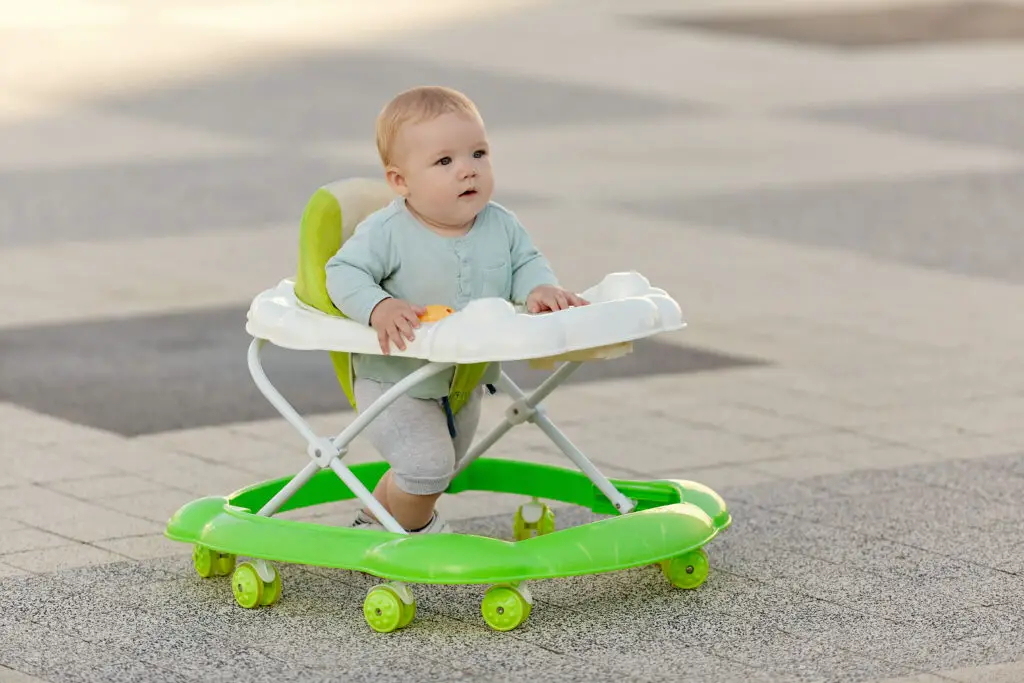
Every parent in the ’60s seemed to have a baby walker, thinking it would help their little one learn to walk faster. Babies zoomed around the kitchen on those plastic wheels like tiny race car drivers.
But they were actually one of the most dangerous baby items out there. Kids could fall down stairs, reach hot stoves, or tip over easily. The speed and mobility gave babies more freedom than their motor skills could handle. Pediatricians eventually warned against them, and safer stationary activity centers became the go-to alternative. Injuries from walkers were so frequent they were eventually banned in Canada. In hindsight, they were a terrifying mix of mobility and unpredictability.
12. Toys with Real Glass or Sharp Edges

Some ’60s toys were surprisingly risky—everything from chemistry sets with actual dangerous chemicals to tea sets made of real glass. It wasn’t unusual for a child’s toy to have parts that could cut, break, or even explode.
Standards for toy safety were just beginning to form, and many manufacturers weren’t held to strict guidelines. Kids could easily slice fingers, swallow small parts, or get hurt during play. And yet, those toys were treasured and heavily marketed. Parents often didn’t know the risks until a trip to the ER revealed just how hazardous playtime could be. Over time, regulations changed drastically, but those early toys were often more dangerous than fun. It’s a miracle many of us made it through with all ten fingers.
